When your dog suffers from an eye ulcer, it can be a scary time. You may not know how to tell if the ulcer is healing or not.
In this blog post, we will discuss 11 signs that a dog eye ulcer is heading toward healing. If you see any of these signs in your dog’s eyes, you can be assured that the ulcer is on its way to being healed!
- What Is Dog Eye Ulcer?
- Causes of Eye Ulcers in Dogs
- Common Symptoms of Eye Ulcer in Dogs
- 11 Signs a Dog Eye Ulcer is Heading Toward Healing
- 1. The ulcer will become smaller in size
- 2. The edges of the ulcer will become less raised and more smoothed out
- 3. The center of the ulcer may turn white or yellow, indicating new tissue growth
- 4. There will be less redness around the ulcer
- 5. The discharge from the eye will lessen and eventually stop
- 6. Your dog’s appetite will improve and it will start to act more like its normal self
- 7. They may sleep more as their body heals
- 8. Their energy levels will slowly start to increase
- 9. Their pupils will begin to constrict normally again
- 10. The white part of the eye will become less bloodshot
- 11. The ulcer will eventually disappear completely, leaving healthy tissue in its wake
- How To Treat Dog Eye Ulcers
- How To Prevent Dog Eye Ulcers
- How Long Does It Take For An Ulcer On a Dog’s Eye To Heal?
- What Does a Healing Eye Ulcer Look Like?
- Are Eye Ulcers Painful For Dogs?
- In Conclusion
Signs that a dog eye ulcer is heading toward healing include decreased redness and squinting, the dog appearing more comfortable, and a positive fluorescein stain test result by the veterinarian indicating cornea restoration.
What Is Dog Eye Ulcer?
Dog Eye Ulcer (also known as a canine corneal ulcer) is an eye condition that occurs when the outermost layer of the cornea gets damaged or eroded.
Dog eye ulcers are a type of corneal ulcer that occurs when the surface of the eye is damaged. It is usually caused by an injury, infection, or foreign object in the eye, which may scratch or penetrate the cornea.
This can cause irritation, inflammation, and scarring of the cornea, leading to symptoms such as redness and discharge.
A dog’s eye has tear ducts that help keep its eyes moist. When these tear ducts become blocked due to an ulcer, it can lead to further irritation and dryness of the eyes. If left untreated, canine eye ulcers can cause vision problems due to damage to the cornea.
If you suspect your dog may have an eye ulcer, it’s important to see a veterinarian for proper diagnosis and treatment.
11 Signs a Dog Eye Ulcer is Heading Toward Healing
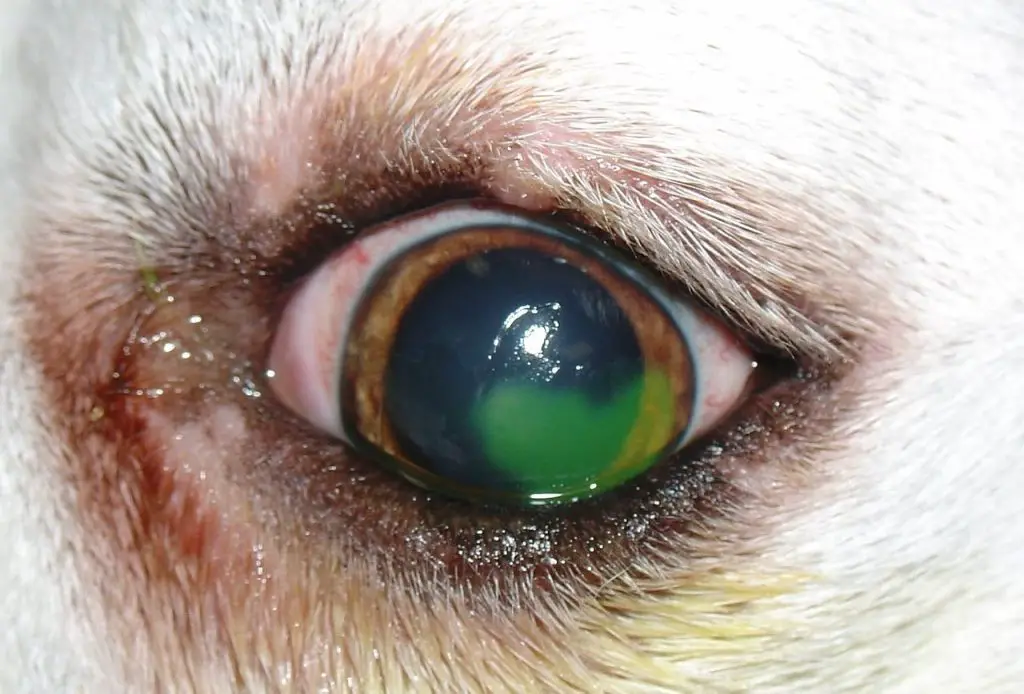
If your dog has been diagnosed with an eye ulcer, you may be wondering how long it will take for him to heal. Eye ulcers are a common problem in dogs, and can often be treated successfully. Here are 11 signs a dog eye ulcer is heading toward healing:
1. The ulcer will become smaller in size

One of the most common eye problems in dogs is ulceration of the cornea. Corneal ulcers are open sores on the surface of the eye that can be very painful.
They can be caused by injury, infection, or disease. If left untreated, corneal ulcers can lead to serious complications, including blindness. The good news is that most corneal ulcers will heal on their own within a few days.
The first sign that an ulcer is healing is that it will become smaller in size. The edges of the ulcer will also become less defined and begin to round off. Additionally, the center of the ulcer will start to turn from white to black.
These changes are all indicative of healing and should be monitored closely by a veterinarian. With proper treatment, most dogs will make a full recovery from a corneal ulcer within two weeks says PetMD.
2. The edges of the ulcer will become less raised and more smoothed out
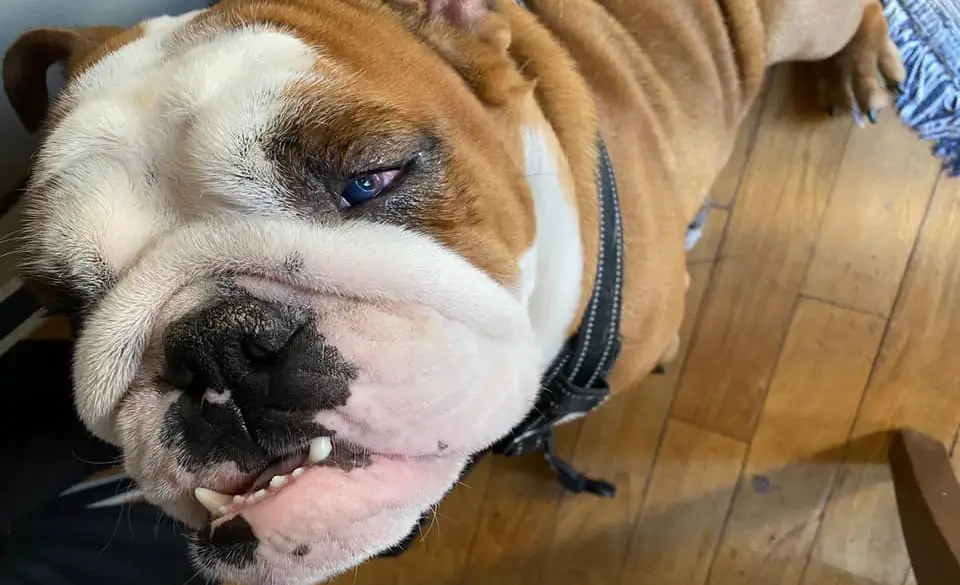
The second sign that a dog’s eye ulcer is healing is that the edges of the ulcer will become less raised and more smoothed out.
The ulcer will also begin to shrink in size, and the surrounding tissue will start to look healthier. In addition, the amount of discharge from the eye will decrease, and the eye will no longer be as sensitive to light.
These changes can be gradual, so it is important to continue monitoring the ulcer and seeking veterinary care if it does not appear to be healing properly. With proper treatment, most dogs will make a full recovery from an eye ulcer within a few weeks.
3. The center of the ulcer may turn white or yellow, indicating new tissue growth
A dog’s eye ulcer usually heals within seven to ten days. However, there are several things you can do to help speed up the healing process and prevent infection. One sign that the ulcer is healing is the center of the ulcer turns white or yellow.
This indicates new tissue growth. You should also clean the ulcer several times a day with a sterile saline solution to remove any discharge and help keep the area clean. Additionally, your dog may need to take antibiotics to prevent infection.
Lastly, it is important to keep your dog from rubbing or scratching the ulcer, as this can delay healing and cause further damage. If you see any of these signs, it is best to take your dog to the vet for treatment.
4. There will be less redness around the ulcer
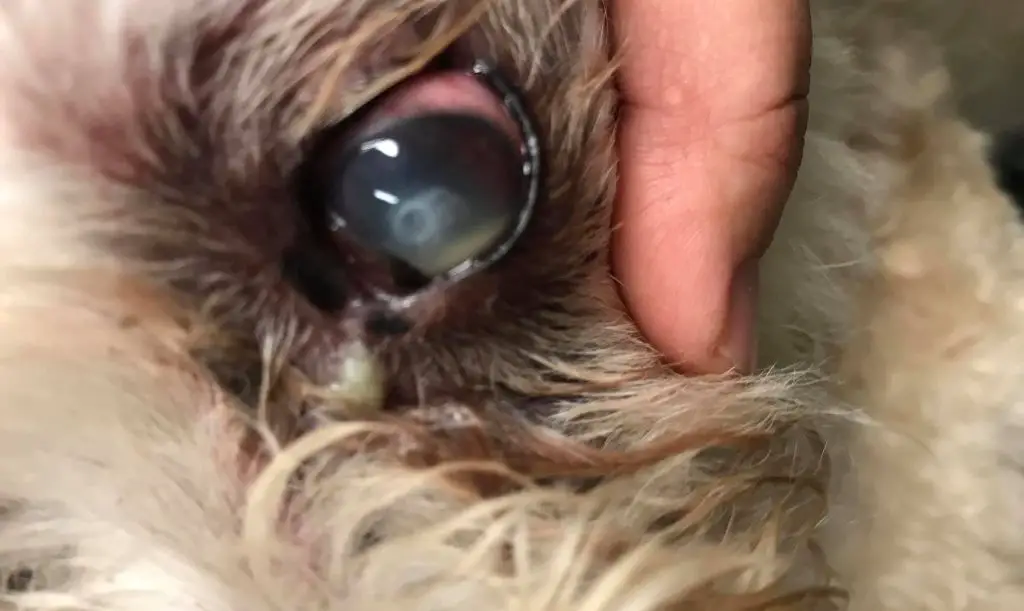
A dog eye ulcer is a lesion that forms on the cornea, the clear outer layer of the eye. Ulcers can be caused by a number of things, including trauma, infection, and cancer. Eye ulcers are painful and can lead to vision loss if not treated promptly.
However, there are several signs that an ulcer is healing. One sign is that there will be less redness around the ulcer. The lesion may also appear smaller and less inflamed. In addition, the dog may blink less often or squint less. If you notice any of these signs, it is important to take your dog to the vet for further treatment.
5. The discharge from the eye will lessen and eventually stop
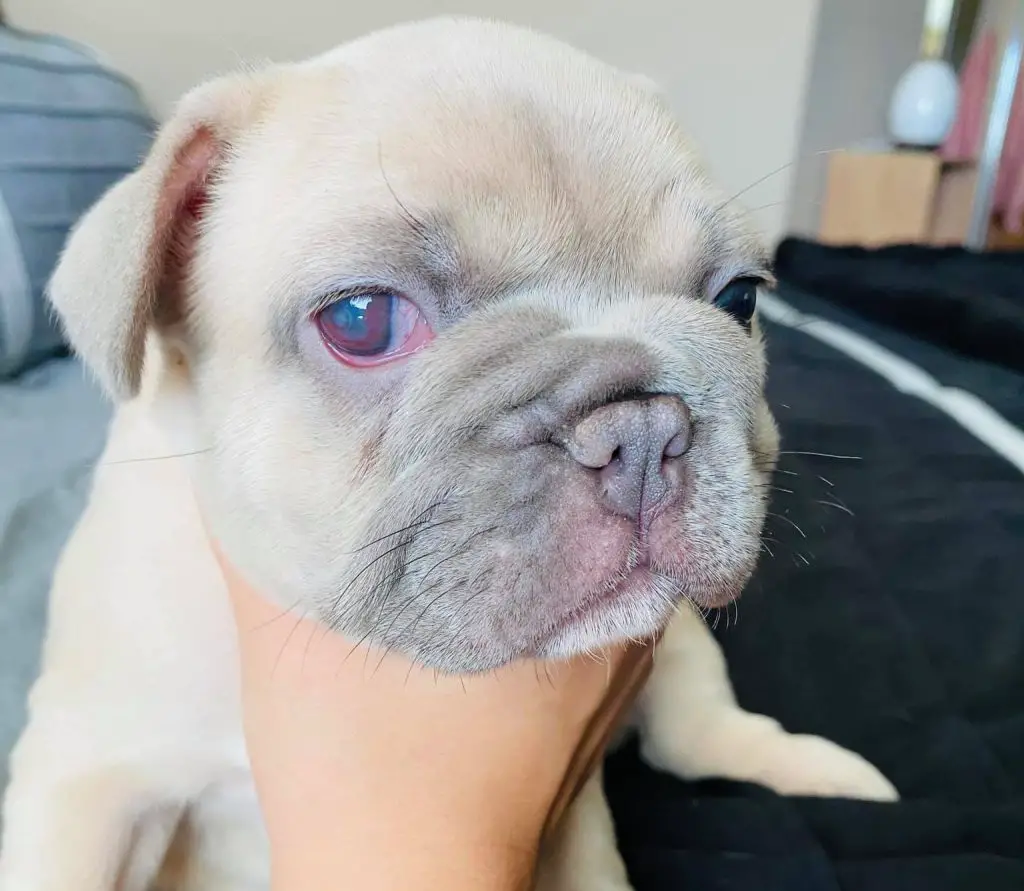
A dog’s eye ulcer is a serious condition that can cause blindness if left untreated. However, there are several signs that indicate the ulcer is healing. The most obvious sign is that the discharge from the eye will lessen and eventually stop.
In addition, the ulcer will begin to shrink and the redness will start to fade. The dog may also blink more frequently or close the affected eye more often. These are all positive signs that indicate the ulcer is healing and the dog is on the road to recovery says KingsDale.
6. Your dog’s appetite will improve and it will start to act more like its normal self
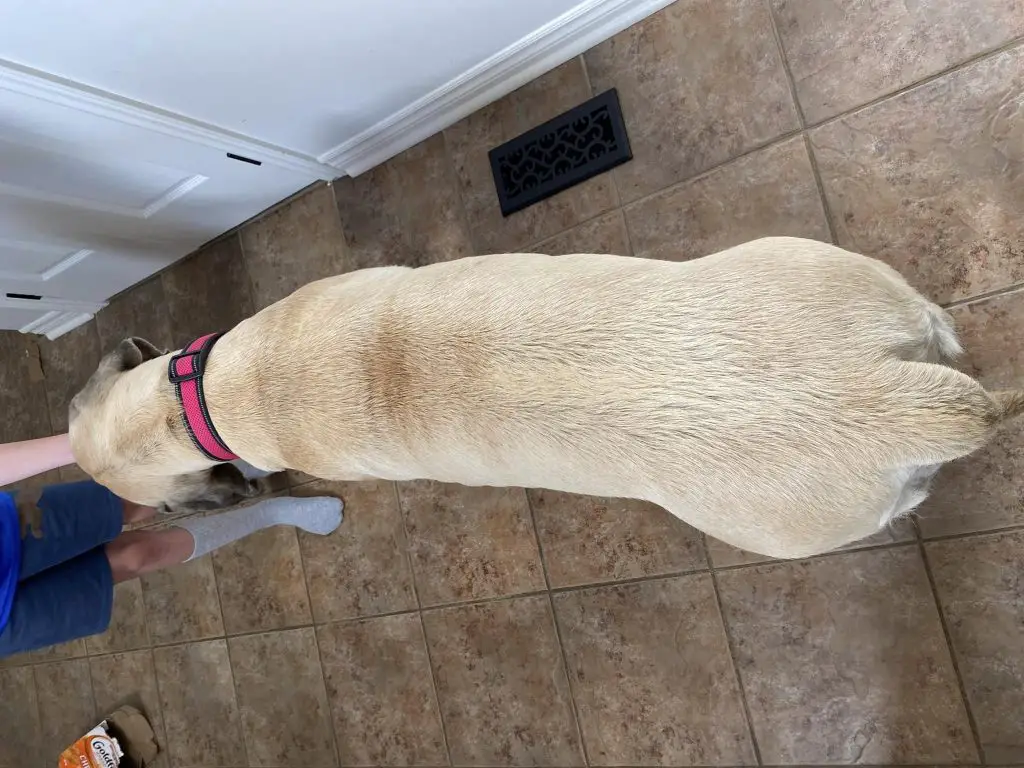
One of the signs that your dog’s eye ulcer is healing is that its appetite will improve and it will start to act more like its normal self.
The ulcer may also become less painful and the discharge will start to clear up. If you notice any of these changes, be sure to take your dog to the vet for a check-up to ensure that the ulcer is indeed healing properly. In some cases, additional treatment may be necessary to ensure complete healing.
However, with proper care, most dogs will make a full recovery from an eye ulcer within a few weeks.
If your dog has an ulcer, there are certain types of food that you should avoid giving them. These include anything with a high acid content, such as citrus fruits or tomatoes.
You should also avoid giving them any food that is high in fat, as this can make the ulcer worse. Instead, give them plenty of fresh, plain water to drink and stick to a diet of bland, easily digestible foods. Once the ulcer has healed, you can slowly start introducing other foods back into their diet.
7. They may sleep more as their body heals

One of the key signs that a dog’s eye ulcer is healing is that it may sleep more as its body heals. This is because when the body is working to repair tissue, it needs more rest. In addition, as the ulcer begins to heal, it may become less painful, and the dog may be able to resume normal activities.
Other signs that an eye ulcer is healing include the formation of a new layer of tissue over the ulcer, increased blood flow to the area, and the disappearance of any pus or discharge.
If you notice any of these signs, it’s important to continue to monitor your dog’s condition and consult with your veterinarian to ensure that the ulcer is healing properly.
8. Their energy levels will slowly start to increase
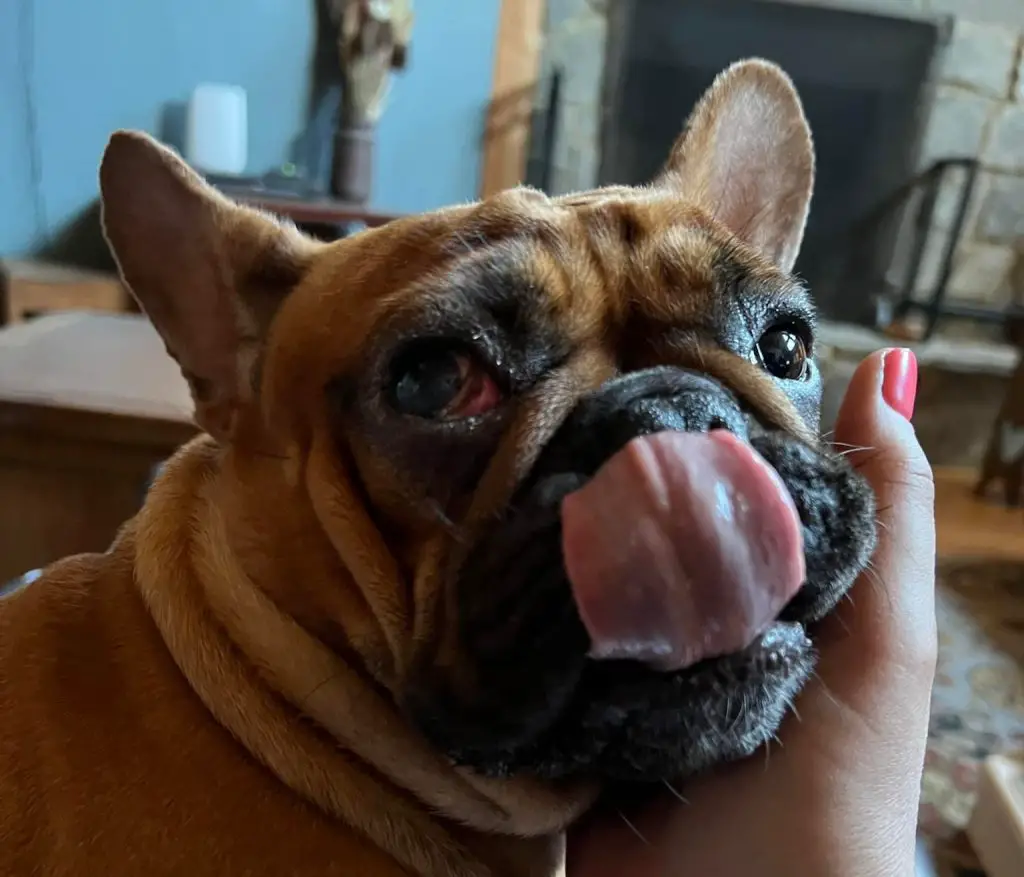
When a dog has an eye ulcer, its energy levels will usually drop significantly. This is because the ulcer is causing pain and irritation. However, once the ulcer starts to heal, you will notice that your dog’s energy levels begin to increase gradually.
This is one of the first signs that the healing process is underway. You may also notice that your dog’s appetite improves and they start to sleep more soundly.
As the ulcer heals, these signs will become more pronounced. Eventually, your dog will be back to its normal self. However, it is important to take things slowly at first and not overdo them, as this can cause the ulcer to flare up again.
9. Their pupils will begin to constrict normally again
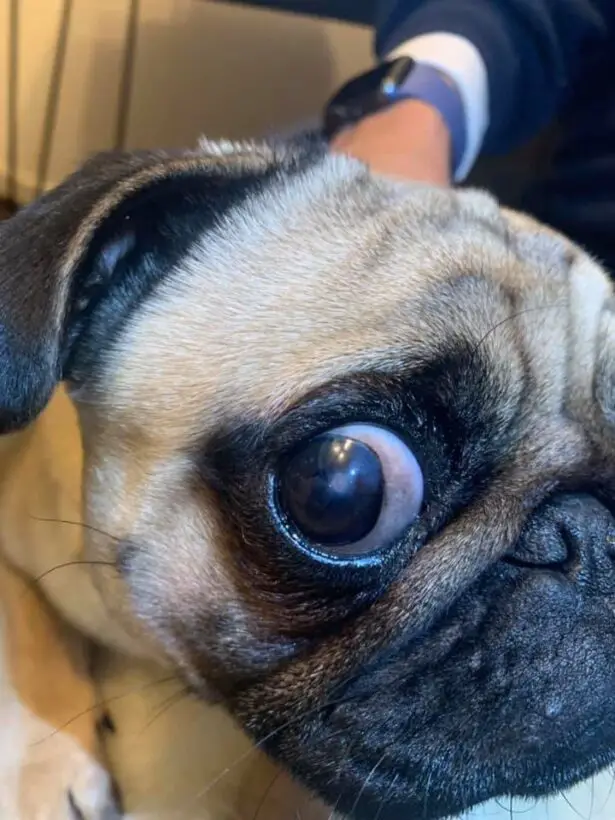
A sign that a dog’s eye ulcer is healing is that its pupils will begin to constrict normally again. This is because the ulcer was causing the pupil to dilate abnormally. another sign the cornea will start to look less cloudy and more transparent.
As the ulcer heals, it will no longer cause inflammation and irritation, and the cornea will start to look less cloudy and more transparent. Finally, the third sign is that the dog will stop squinting and rubbing its eyes. As the ulcer heals, the pain and discomfort it is causing will go away, and the dog will no longer need to squint or rub its eye.
10. The white part of the eye will become less bloodshot
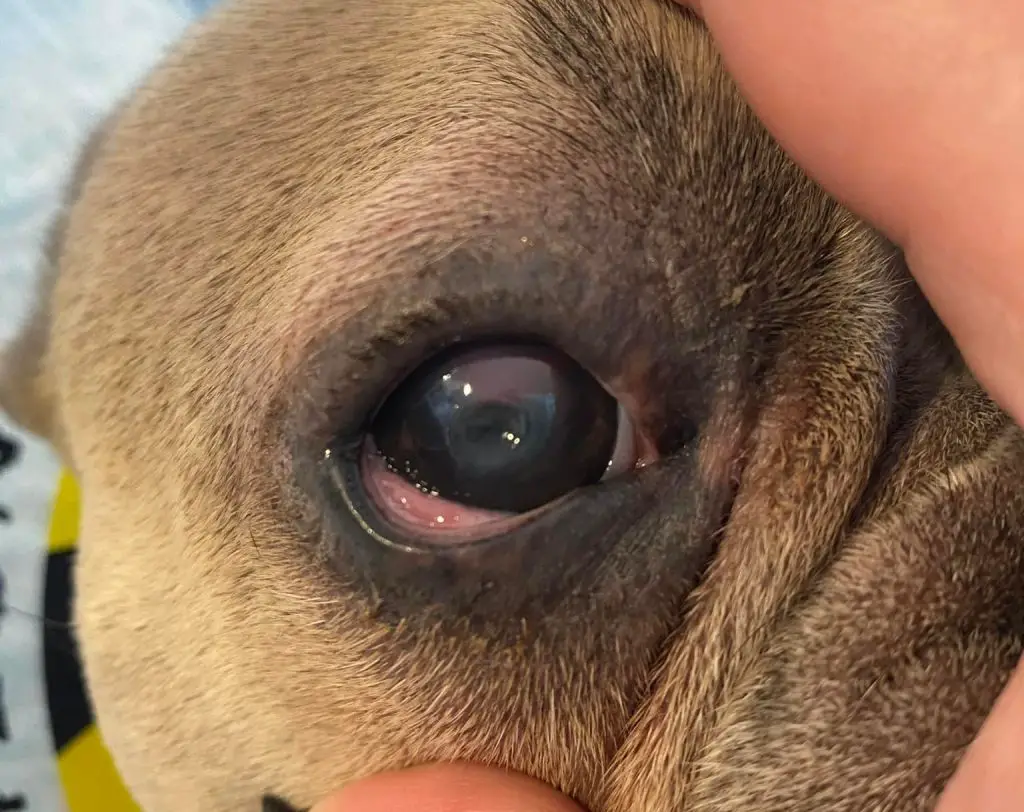
A clear sign that a dog’s eye ulcer is healing is that the white part of the eye will become less bloodshot. This is because blood vessels in the eye are beginning to heal and are no longer leaking blood. The ulcer may also appear smaller, as healing tissue grows over the affected area.
In some cases, the ulcer may even disappear completely. If you notice any of these changes in your dog’s eye, it is a good sign that the ulcer is healing and your dog is on the road to recovery.
11. The ulcer will eventually disappear completely, leaving healthy tissue in its wake
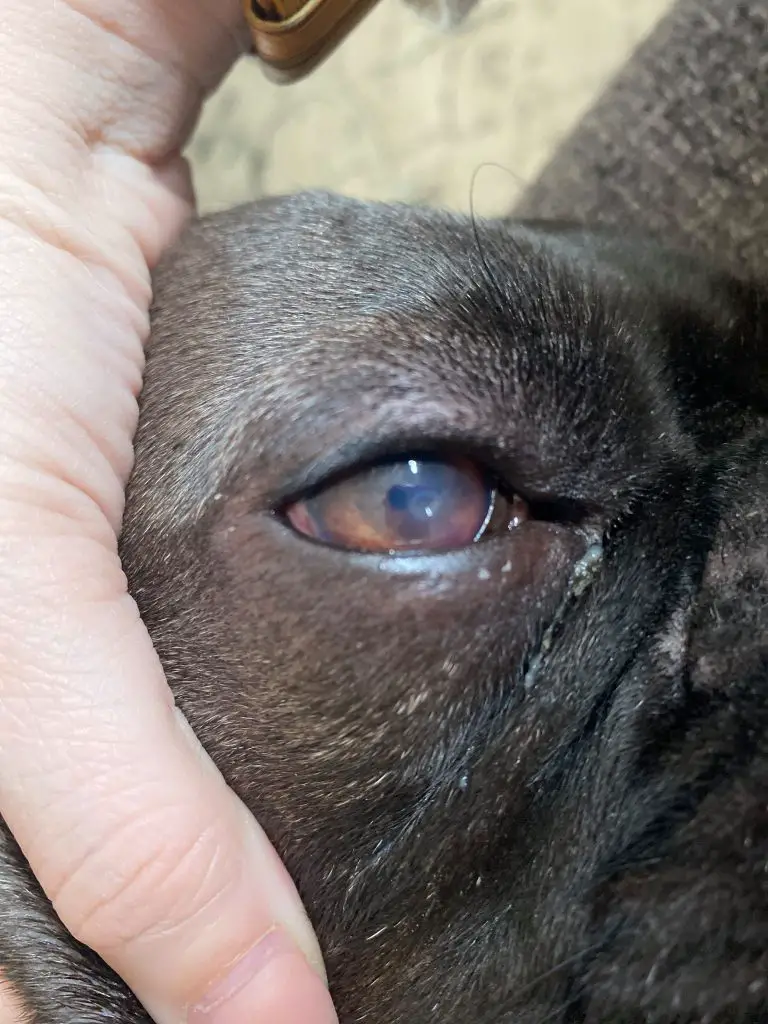
A dog eye ulcer is a condition that can cause a great deal of pain and discomfort for your furry friend. However, there are several signs that you can look for that will indicate that the ulcer is healing. One of the most obvious signs is that the ulcer will eventually disappear completely, leaving healthy tissue in its wake.
In addition, you may notice that your dog’s eyes begin to clear up and that the discharge from the ulcer decreases. Finally, your dog may start to show less pain and irritation in the affected eye. If you notice any of these signs, it is important to continue to monitor your dog’s condition and progress.
Causes of Eye Ulcers in Dogs
- Injury – An eye ulcer in dogs can be caused by a physical injury, such as being hit in the face or rubbing against something.
- Infection – Bacterial infections, such as conjunctivitis and keratitis, are common causes of canine eye ulcers.
- Foreign Object – Objects like sticks, thorns, and dust particles can get into the eye and cause scratches or punctures that lead to eye ulcers.
- Structural Abnormality – Certain breeds of dogs are more prone to developing eye ulcers due to their anatomical structure (e.g., short-nosed breeds).
- Allergies – Prolonged exposure to allergens such as pollen, dust mites, and mold spores can cause an allergic reaction which may lead to an eye ulcer in some cases.
- Corneal Dystrophy – This is a genetic condition that affects the cornea and can cause eye ulcers in some cases says VCAHospitals.
Common Symptoms of Eye Ulcer in Dogs
Eye ulcers in dogs can be a serious condition, so it’s important to be aware of the common symptoms. Here is a list of signs that may indicate your dog has an eye ulcer:
- Squinting or blinking more than usual
- Redness in the eyes
- Ocular discharge
- Cloudiness in the cornea
- Pain or discomfort around the eyes
- Swelling of the eyelids
- Rubbing at the eyes with paws or other objects
- Avoidance of bright lights
How To Treat Dog Eye Ulcers At Home
Treating dog eye ulcers at home involves soothing the affected eye with cool green tea bags, using prescribed medication such as antibiotic eye drops or ointments, and providing natural remedies like Aconitum napellus for pain relief.
Soothing with Green Tea Bags
As a veterinarian, I’ve found that cool green tea bags can be gently placed on the affected eye to soothe the discomfort caused by corneal ulcers. The antioxidant properties of green tea may help reduce inflammation and promote healing. Make sure the tea bag is completely cooled before applying it to avoid causing further irritation.
Using Prescribed Medication
It’s crucial to follow your vet’s instructions when administering prescribed medication. Antibiotic eye drops or ointments are commonly used to prevent bacterial infections while the ulcer heals. These medications usually need to be given multiple times a day, and it typically takes around 3-7 days for a corneal ulcer to completely heal.
Providing Natural Pain Relief
Aconitum napellus, also known as monkshood, can be used to relieve pain and inflammation in the ulcerated dog’s eye. From my experience, giving the dog two whole or three crushed Aconitum napellus 30c tablets can be helpful. However, it’s important to consult with your vet before starting any new treatment regimen.
How To Prevent Dog Eye Ulcers
Preventing dog eye ulcers involves maintaining good eye hygiene, protecting your dog’s eyes from physical trauma, and managing underlying health conditions that could contribute to eye problems.
Maintain Good Eye Hygiene
From my years as a veterinarian, I can’t stress enough how important it is to keep your dog’s eyes clean. Regularly check for any signs of redness, discharge, or discomfort. Gently wipe away any debris or discharge with a warm, damp cloth.
This simple routine can help prevent many eye problems, including corneal ulcers, by keeping irritants and potential pathogens away from the eye surface.
Protect Your Dog’s Eyes from Physical Trauma
Another effective prevention strategy is to protect your dog’s eyes from physical trauma. This includes avoiding harsh chemicals and irritants, such as shampoo and soap, during bath time.
If your dog enjoys sticking their head out the window during car rides, consider using doggles (protective eyewear for dogs) to protect their eyes from wind and debris.
Also, be mindful of potential hazards during playtime, especially with toys that can accidentally poke or scratch the eye causing an injury that could lead to a corneal ulcer.
Manage Underlying Health Conditions
Certain health conditions like dry eye syndrome, eyelid abnormalities, and immune-mediated diseases can increase the risk of developing corneal ulcers. Regular vet check-ups are crucial to diagnose and manage these conditions early. As a vet, I’ve seen many cases where proactive management of these underlying issues has helped prevent recurrent corneal ulcers in dogs.
How Long Does It Take For An Ulcer On a Dog’s Eye To Heal?
It can take anywhere from a few days to a couple of weeks for an ulcer on a dog’s eye to heal if you are doing everything that the veterinarian has told you to. However, there are several factors that will affect the healing time, such as the size and depth of the ulcer, the location of the ulcer, and whether or not your dog has any underlying health conditions.
If your dog has an ulcer, you will need to provide extra care and attention. Here are some tips on how to care for a dog with an ulcer:
- Make sure your dog is getting plenty of rest. An ulcer can be very painful, so your dog will likely need to take it easy.
- Keep the area clean and dry. Ulcers can easily become infected, so it’s important to keep the area clean. You may need to use a special shampoo or ointment prescribed by your veterinarian.
- Give your dog plenty of fluids. An ulcer can cause dehydration, so make sure your dog is drinking plenty of water or eating wet food.
- Feed your dog small meals. An ulcer can make it painful for your dog to eat, so feed them small meals throughout the day instead of one large meal.
- Take your dog to the vet. If you notice any changes in your dog’s condition or if the ulcer does not seem to be healing, take them to the vet right away. With proper care, most ulcers will heal within a few weeks.
What Does a Healing Eye Ulcer Look Like?
The most obvious sign that an eye ulcer is healing is the disappearance of the ulcer itself. However, there are other signs that can indicate that the ulcer is healing even when it is still visible. These include:
- A decrease in the size of the ulcer
- A change in color from white or yellow to a healthy pink or red
- An increase in the production of tears
- A decrease in swelling and inflammation around the affected eye
If you notice any of these signs, it is a good indication that your dog’s eye ulcer is healing and on its way to recovery.
Are Eye Ulcers Painful For Dogs?
Yes, eye ulcers can be painful for dogs. Dogs with eye ulcers may squint or rub their eyes. They may also have discharge from their eyes. If you think your dog has an eye ulcer, take them to the vet right away. Treatment for eye ulcers usually includes antibiotics and pain medication.
Surgery is sometimes necessary to remove the ulcer. With treatment, most dogs recover from eye ulcers without any problems. If you notice your dog rubbing their eyes or squinting, it could be a sign of an eye ulcer. Other signs include discharge from the eyes and redness or swelling of the eyelids.
There are a few things you can do to help relieve your dog’s pain from ulcers. First, you can try giving them an over-the-counter antacid medication. You can also give them a special diet food that is easy on their stomach.
Finally, you can make sure they stay hydrated by giving them plenty of water to drink. If you do all of these things, your dog should start to feel better soon.
When Should I Seek Veterinary Care For My Dog’s Eye Ulcer?
You should seek veterinary care for your dog’s eye ulcer immediately after noticing any signs of eye discomfort, such as excessive blinking, squinting, redness, or discharge.
In my time as a veterinarian, I’ve seen far too many cases where owners have delayed bringing their pets in for an eye problem, and it’s only worsened the condition. Eye ulcers in dogs can deteriorate rapidly, sometimes within 24 hours, leading to more serious complications like eye rupture or blindness.
Signs that your dog may have an eye ulcer include excessive tearing, squinting, sensitivity to light, pawing at the eye, and a visible lesion on the eye. Even if you’re not sure, it’s always better to err on the side of caution when it comes to eye health.
If your dog is showing any of these symptoms, I strongly advise making an appointment with your vet as soon as possible.
Your vet can perform a thorough eye examination, including a fluorescein stain test, to diagnose a corneal ulcer and determine its severity.
They can then prescribe the appropriate treatment, which may include antibiotic eye drops, pain relief medication, and in some cases, surgery. Please remember, that prompt veterinary care is crucial to preserve your dog’s vision and prevent unnecessary suffering.
FAQs
Q: Can a dog’s eye ulcer heal on its own?
A: While some minor dog eye ulcers may heal on their own, it is always recommended to seek veterinary care for any eye injury or condition. A veterinarian will be able to properly assess the ulcer and provide appropriate treatment to ensure proper healing and prevent complications.
Q: What are the potential complications of a dog eye ulcer?
A: If left untreated or not properly managed, a dog eye ulcer can lead to various complications such as infection, scarring, corneal perforation, impaired vision, or even loss of the eye.
Q: How can I help my dog’s eye ulcer heal faster?
A: To help speed up the healing process of a dog eye ulcer, it is important to follow your veterinarian’s instructions closely. This may include administering prescribed eye drops or ointments, keeping the eye clean and free from debris, protecting the eye from further injury or irritation, and providing a calm and stress-free environment for your dog.
Q: Can I use over-the-counter eye drops for my dog’s eye ulcer?
A: It is not recommended to use over-the-counter eye drops or medications without consulting a veterinarian first. Different types of dog eye ulcers require specific treatments, and using the wrong medication can worsen the condition or lead to complications.
Q: Can certain breeds of dogs be more prone to eye ulcers?
A: Yes, certain breeds of dogs, such as Boxers, Bulldogs, Shih Tzus, and Pugs, are more prone to developing eye ulcers due to their specific eye anatomy or genetic predisposition. However, eye ulcers can occur in dogs of any breed.
Q: How can I prevent my dog from getting an eye ulcer?
A: While it is not possible to completely prevent all cases of eye ulcers in dogs, there are certain measures you can take to reduce the risk. These include keeping your dog’s environment free from potential eye irritants, such as chemicals or sharp objects, regularly inspecting your dog’s eyes for any signs of redness or irritation, and seeking prompt veterinary care for any eye issues or injuries.
Q: Can a dog’s eye ulcer recur?
A: Yes, in some cases, a dog’s eye ulcer can recur, especially if the underlying cause or risk factors are not addressed. It is important to work closely with your veterinarian to identify and manage any underlying conditions or factors that may contribute to the recurrence of the ulcer.
Conclusion and final thoughts
In conclusion, it is important to closely monitor your dog’s eye ulcer and seek veterinary attention if you notice any concerning changes.
However, there are several positive signs that indicate the ulcer is healing and your furry friend is on the road to recovery.




